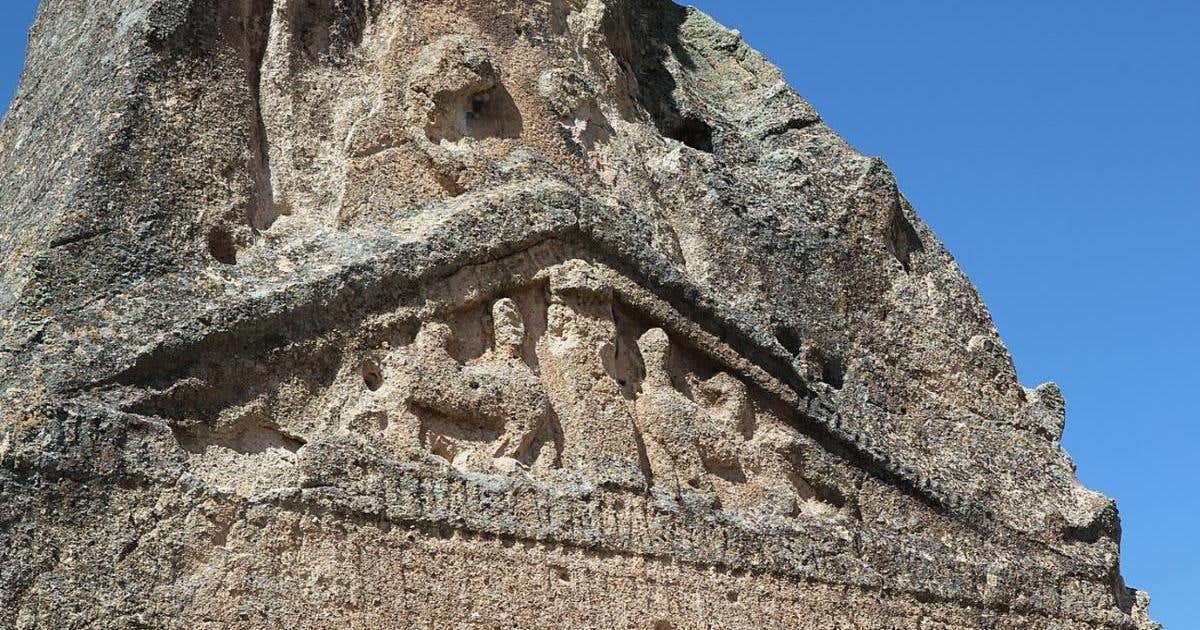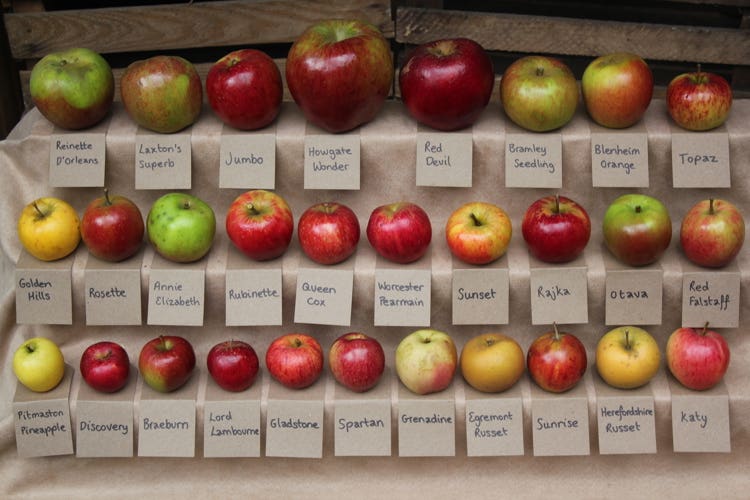Historic 2,600-year-old Turkish artifact finally decoded: ‘The Mother’ goddess revealed
Decoding a 2,600-year-old inscription on Turkey’s Arslan Kaya reveals Materan, the revered mother goddess of ancient Phrygians and Lydians.

Archaeologists have decoded a 2,600-year-old Turkish inscription, unveiling Materan’s pivotal role in ancient Phrygian and Lydian cultures. (CREDIT: Ingeborg Simon)
Archaeologists have finally deciphered the long-debated inscription on Arslan Kaya, a 2,600-year-old monument in western Turkey.
Also known as “Lion Rock,” the site features intricate carvings of sphinxes and lions flanking a central image of a goddess. The Old Phrygian text etched into the rock has baffled scholars since the monument’s discovery in 1884.
Weathering and vandalism had nearly erased the inscription, leaving only faint traces. Previous attempts to decode the text revealed just four legible letters. However, recent advancements have shed light on its message, revealing the name “Materan,” the Phrygian mother goddess.
Researchers used a novel approach to read the inscription. Mid-morning light cast shadows that accentuated the faint carvings, allowing scholars to piece together the ancient script. By comparing their findings with 19th-century photographs, they confirmed the text’s contents.
Mark Munn, a professor of ancient Greek history and archaeology at Pennsylvania State University, detailed the process in his paper published in Kadmos. He noted, “Much depends upon the favorability of the light when photographs are taken.”
Materan, revered as the “Mother of the Gods” by the Greeks and “Magna Mater” by the Romans, held a central role in ancient religions. The Phrygians, who flourished in modern-day Turkey between 1200 and 600 BC, regarded her simply as “the Mother.”
The inscription's date aligns with the height of the Lydian Empire, renowned for its early use of gold and silver coins. At the time, Lydia and the Phrygian Empire shared cultural ties, including the worship of Materan. Munn’s analysis of stylistic details suggests the text was carved during the early to mid-sixth century BC.
Related Stories
The monument’s dual role as a religious and cultural symbol emphasizes the interconnectedness of these ancient empires. "The findings further support the cultural connection between the two empires and their shared worship of the mother goddess as an important deity," researchers explained.
The inscription's significance extends beyond its religious context. It provides insight into the political and social dynamics of the region. Munn speculates that the text was part of a larger message, possibly detailing the monument’s commissioner and Materan’s divine role.
Despite the breakthrough, not all scholars view the findings as groundbreaking. Rostyslav Oreshko, a lecturer at the Practical School of Advanced Studies in France, acknowledges the study’s value but argues that the reading “Materan” was proposed in the 19th century. He commented, “Munn's article does not propose something radically new about the inscription; it simply sets straight the reading.”
The debate over the monument’s inscription has persisted for over a century. While Munn’s research offers compelling evidence, Oreshko’s perspective highlights the ongoing nature of historical interpretation. As new technologies and methods emerge, future studies may either reinforce or challenge these findings.
For now, the deciphered inscription reaffirms the enduring legacy of Materan, underscoring her influence across ancient civilizations. The Arslan Kaya monument stands as a testament to her significance and the cultural unity of the Lydian and Phrygian empires.
More information about Materan
Materan, also known as Cybele in Greek and Roman mythology, was a central figure in Phrygian religion as the mother goddess. Revered as the "Great Mother," she symbolized fertility, nature, and the protection of cities.
Her worship often involved wild, ecstatic rituals and the presence of eunuch priests called Galli, who dedicated themselves fully to her service. Key aspects include:
Origins and Role:
- Materan's roots trace back to Anatolia, where she embodied the Earth and its life-giving forces.
- She was venerated as a protector of cities and a provider of fertility for both land and people.
Worship and Rituals:
- Her cult included ecstatic rites featuring music, drumming, and dance.
- Rituals often culminated in states of frenzy, reflecting her untamed, primal nature.
- Sacrifices, both symbolic and animal, were common in her honor.
Priesthood:
- The Galli were her dedicated priests, often undergoing ritual castration to symbolize their devotion.
- This act was believed to align them more closely with the goddess’s divine essence.
Cultural Integration:
- Materan was assimilated into Greek culture as Cybele and later adopted by the Romans.
- In Rome, she was honored as Magna Mater, or the "Great Mother," and her worship played a significant role in public religious festivals.
Symbolism:
- Common symbols associated with Materan include the lion, representing her dominion over nature, and the tympanum (a type of drum), integral to her rites.
Materan's legacy highlights the ancient world's deep reverence for female deities as custodians of life and the natural order. Her enduring presence across multiple cultures underscores her significance in ancient spiritual traditions.
Note: Materials provided above by The Brighter Side of News. Content may be edited for style and length.
Like these kind of feel good stories? Get The Brighter Side of News' newsletter.
Rebecca Shavit
Science & Technology Journalist | Innovation Storyteller
Based in Los Angeles, Rebecca Shavit is a dedicated science and technology journalist who writes for The Brighter Side of News, an online publication committed to highlighting positive and transformative stories from around the world. With a passion for uncovering groundbreaking discoveries and innovations, she brings to light the scientific advancements shaping a better future. Her reporting spans a wide range of topics, from cutting-edge medical breakthroughs and artificial intelligence to green technology and space exploration. With a keen ability to translate complex concepts into engaging and accessible stories, she makes science and innovation relatable to a broad audience.



